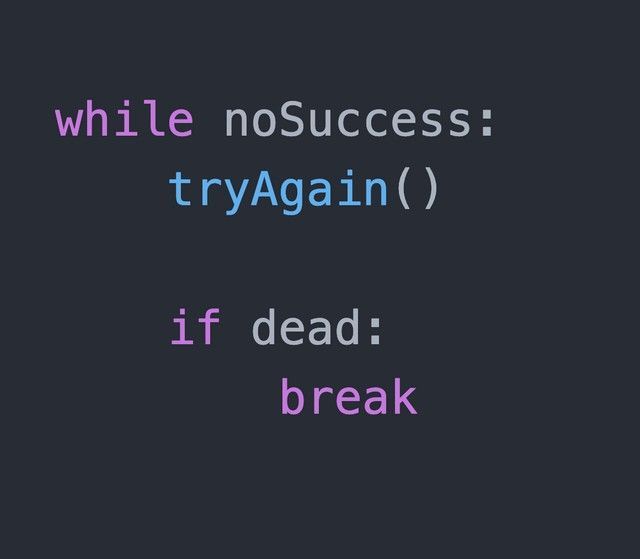8 Great Ideas in Computer Architecture
- Design for Moore’s Law
面向摩尔定理的设计 - Use abstraction to simplify disign
使用抽象简化设计 - Make the common case fast
加速经常性事件 - Performance via parallelism
通过并行提高性能 - Performance via pipelining
通过流水线提高性能 - Performance via prediction
通过预测提高性能 - Hierarchy of memories
存储层次 - Dependability via redundancy
通过冗余提高可靠性
计算机组成
- 数据通路:进行算数逻辑运算
- 控制器:在数据通路、存储器、I/O之间调度工作流
- 存储器:包括静态随机存储器和动态随机存储器
- 输入设备:如键盘
- 输出设备:如显示器
Performance
Performance = 1 / Execution Time
“X is n time faster than Y” => 性能反比于执行时间
Performance of x / Performance of Y = Execution time of Y / Execution time of X
Execution Time
Elapsed Time(实际时间)
Total response time, including all aspects
- processing
- I/O
- OS overhead
- idle time
Determines system performance
CPU Time
影响因素:
- 算法:IC,CPI
- 编程语言:IC,CPI
- 编译器:IC,CPI
- 指令集:IC,CPI,T
计算:
- CPU时间
- 总时间 = IC * CPI * T = IC * CPI / Rate
- 平均CPI
- 总cycle数 = CPI * IC 加权求和
- 平均CPI = 总cycle数 / IC = CPI加权求和
Time spent processing a given job
- Discounts I/O time, other job’s shares
Comprises user CPU time and system CPU time
Different programs are affected diffrently by CPU and system performance
CPU Time = CPU Clock Cycles * Clock Cycle Time = CPU Clock Cycles / Clock Rate
Performance improved by
- Reducing number of clock cycles
- Increasing clock rate
- Hardware designer must often trade off clock rate against cycle count(许多技术再减少时钟周期的个数时,会增加时钟周期长度)
Clock Cycles = Instruction Count * Cycles Per Instruction
CPU Time = IC * CPI * Clock Cycle Time = IC * CPI / Clock Rate
Pitfall:Amdahl’s Law(阿姆达尔定律)
#阿姆达尔定律
30+
Posts
8+
Diary
85+
fans


